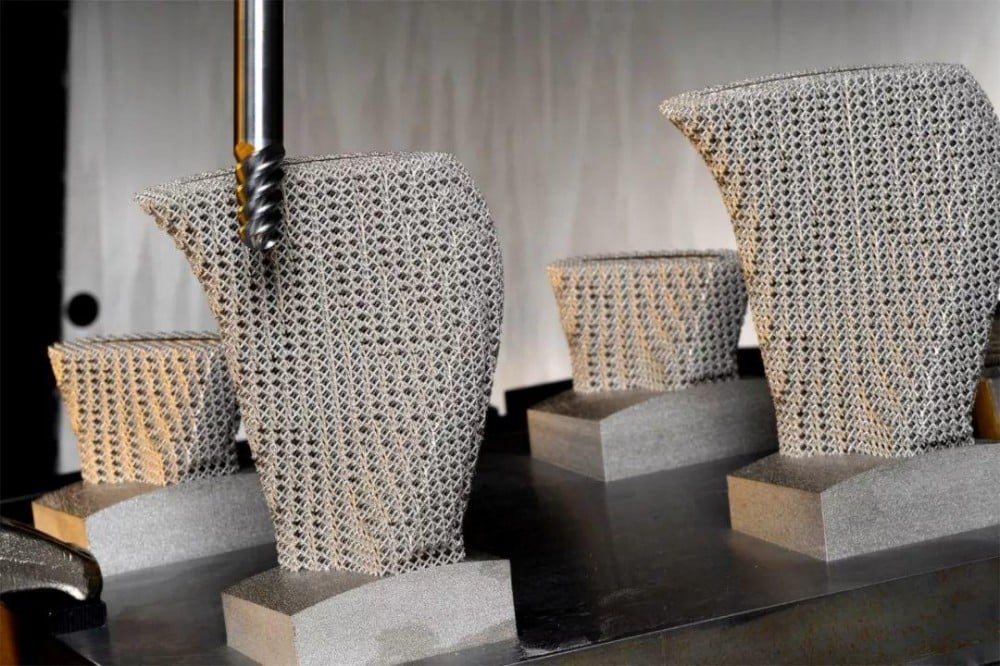One of the main features of the additive manufacturing process is that the complexity of the shape of the parts it manufactures is almost unlimited. However, the high surface quality of metal parts can usually only be achieved by milling or grinding finishing operations . However, thin-walled parts often cause vibration during milling , which will adversely affect the accuracy and processing time of the parts. The Fraunhofer Institute for Production Technology (IPT) and the Aachen Fraunhofer Institute for Laser Technology (ILT) have jointly developed a special-purpose support structure to eliminate vibrations generated during post-processing.
Vibration affects surface quality
Generally, in the selective laser melting (SLM) process, metal parts are designed to be larger than they actually need to allow milling operations to be completed, which is the only way to ensure part size and functional surface. Thin-walled parts are easily deformed during the printing process, and vibration is also particularly likely to occur during the powder cleaning operation and post-processing processing, resulting in poor surface quality and even making the parts unusable.
Supporting structure solution
Fraunhofer IPT and ILT have increased the peripheral design of additively manufactured components. The addition of support structures increases the stiffness of vulnerable areas and reduces vibration. During surface finishing operations, these supports can be removed with relatively little force.
Support structure increases the rigidity of thin-walled parts
Support structure reduces vibration during milling
This method can stabilize components, and can achieve higher quality in a shorter time with lower tool wear levels.


